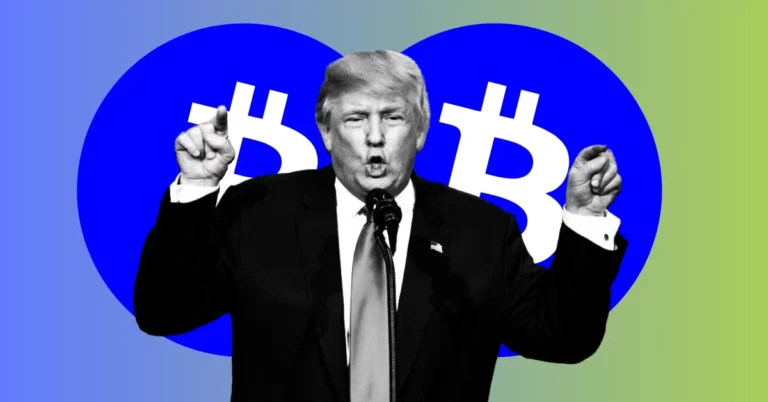Hook: As the world of cryptocurrency continues to grow, Tether, the largest stablecoin provider, is taking significant steps to enhance trust and transparency. Why does this matter to you as a young investor or enthusiast? Let’s dive into the details.
The Importance of Tether’s Message
Tether, known for its stablecoin USDT, is often under the spotlight. Why? Because it promises to be as stable as the U.S. dollar, but its past has raised questions about whether it truly delivers on that promise. Recently, CEO Paolo Ardoino emphasized the company’s renewed commitment to communication and transparency during a panel discussion at DC Fintech Week. This is crucial for several reasons:
- Building Trust: Transparency is key in finance. Tether’s commitment to clear communication helps users feel more secure about their investments. When companies are open about their operations and the backing of their products, it fosters trust and attracts more users.
- Regulatory Scrutiny: Over the years, Tether has faced criticism from regulators, including the U.S. Commodity Futures Trading Commission (CFTC), which accused it of making misleading statements about its reserves. Ardoino acknowledged that past perceptions may not reflect the company’s efforts. By reinforcing compliance and communication, Tether aims to improve its reputation and align with regulatory expectations.
- Growing Demand for Stability: Tether is a vital player in the crypto market because it provides liquidity. As cryptocurrencies can be volatile, stablecoins like USDT offer a way for traders and investors to manage risk. Tether’s assurance of stability can attract more users, which is essential for the overall health of the cryptocurrency ecosystem.
Key Developments to Watch
- Enhanced Compliance: Ardoino stated that compliance is a priority, especially in light of regulatory changes. Tether is working with global regulators and law enforcement to deter illicit activities, showing that they are serious about accountability.
- Investment in U.S. Debt: Tether has reportedly invested heavily in U.S. Treasury bills, considered a safe investment. Ardoino mentioned that Tether has more Treasury bills compared to several countries, which could enhance the credibility of USDT. This diversification can reassure investors about the asset backing the stablecoin.
- Regulatory Frameworks: In Europe, new guidelines require stablecoin issuers to obtain e-money authorization and adhere to strict regulations. Ardoino supports sensible regulations but has concerns about how reserves are managed under these new rules. This ongoing regulatory evolution is critical for anyone interested in cryptocurrency, as it shapes the market landscape.
- Future of U.S. Regulations: In the U.S., lawmakers are still working on creating a stablecoin regulatory framework. Ardoino is pushing for regulations that promote innovation while ensuring user protection. Understanding these regulations is vital for investors, as they will influence how stablecoins operate in the future.
Why This Matters for You
As a 20-year-old exploring the world of cryptocurrency, knowledge of Tether’s efforts and the overall regulatory landscape can help you make informed decisions. Here are some key terms and concepts to remember:
- Stablecoin: A type of cryptocurrency designed to maintain a stable value against a fiat currency (like the U.S. dollar).
- Transparency: Openness about a company’s operations and backing assets, which builds trust among users.
- Compliance: Adhering to laws and regulations set by authorities, crucial for maintaining legitimacy in the financial sector.
- Regulatory Framework: A structured set of rules that govern how companies can operate, especially important in the rapidly evolving cryptocurrency market.
In conclusion, Tether’s commitment to transparency and compliance is not just a corporate strategy; it’s a pivotal moment that could redefine trust in the crypto space. By staying informed about these developments, you can better navigate the complexities of cryptocurrency investment and understand the broader implications for the market.



